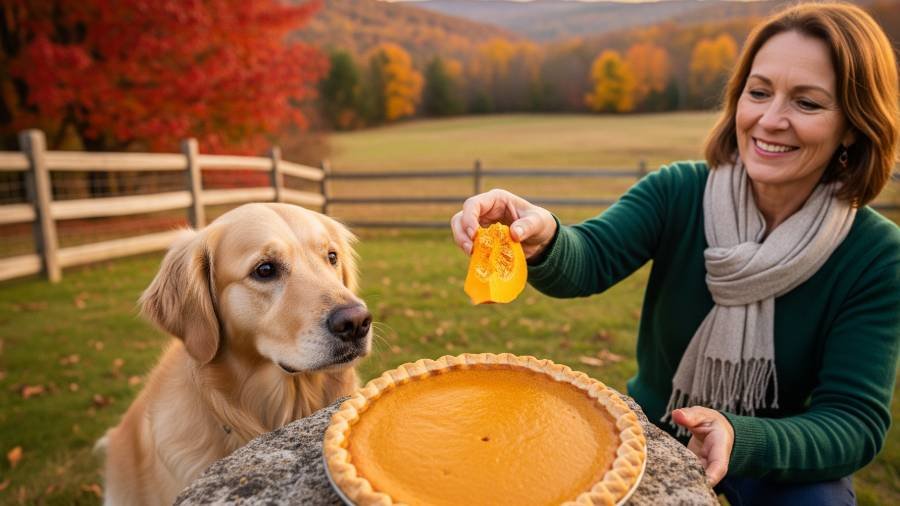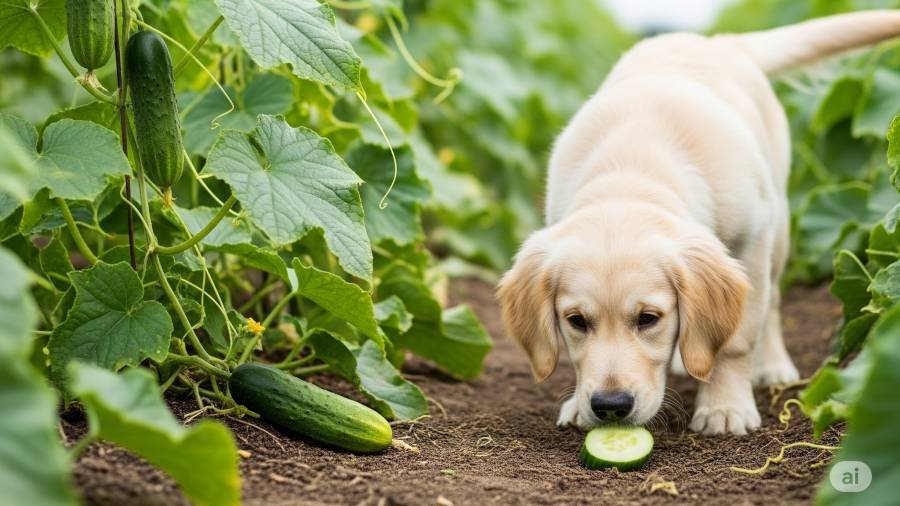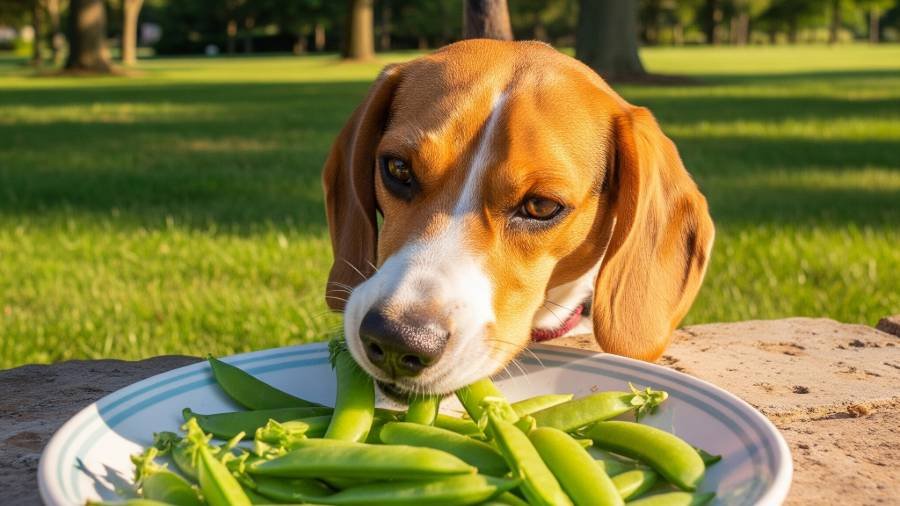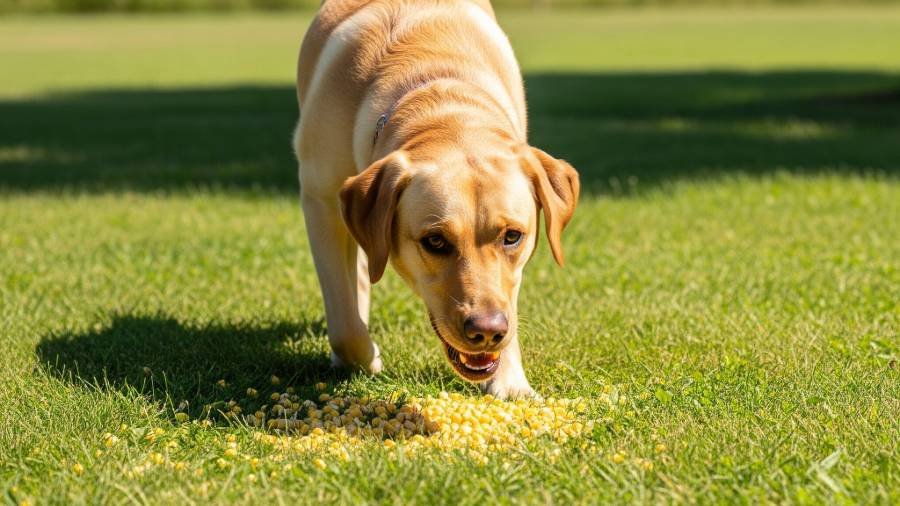No, dogs should not eat pumpkin pie as it contains ingredients that are toxic to dogs and unsafe for their health, despite the potential benefits of pumpkin itself.

Potential Benefits of Pumpkin Pie for Dogs
The idea of dogs eat pumpkin pie might seem appealing due to some potential benefits, but these are limited by harmful additives:
- Pumpkin Base: The amount of pumpkin in pie offers fiber and vitamins, aiding digestion when plain.
- Minimal Nutrients: Some vitamins from pumpkin might remain, supporting a balanced diet if isolated.
- Flavor Appeal: The taste might entice dogs, serving as a rare treat if ingredients were safe.
- No Significant Gain: The pie’s overall nutritional value is overshadowed by unhealthy components.
These benefits are negligible due to toxic ingredients, making plain pumpkin a better option. For more on safe pumpkin use, explore can dogs eat pumpkin.
Risks and Dangers of Pumpkin Pie for Dogs
Pumpkin pie poses several risks that make it unsafe for dogs to eat pumpkin pie:
- Toxic Spices: Pumpkin pie spice often includes nutmeg, which is toxic to dogs and can cause high blood pressure or seizures.
- Sugar Content: High sugar levels in pumpkin pie filling can lead to weight gain, diabetes, or digestive upset.
- Pie Crusts: Buttery or flour-based crusts can cause pancreatitis or gastrointestinal blockages.
- Added Ingredients: Many baked goods like pumpkin pie contain xylitol, a sweetener toxic to dogs, leading to liver failure.
- Fatty Content: Excessive fats from butter or cream can trigger pancreatitis, especially in sensitive dogs.
- Allergic Reactions: Some dogs may react to dairy or other additives, causing itching or vomiting.
How to Safely Feed Pumpkin to Dogs
Instead of pumpkin pie, focus on safely feeding your dog plain pumpkin with these guidelines:
- Use Plain Pumpkin: Opt for pure canned pumpkin (not pie filling) or fresh, cooked pumpkin without added sugars or spices.
- Prepare Properly: Cook and mash fresh pumpkin, removing the skin and seeds to avoid choking hazard.
- Avoid Pie Mix: Never feed pumpkin pie or mixes with nutmeg, sugar, or xylitol.
- Feed in Moderation: Offer a small amount (e.g., 1-2 teaspoons for small dogs, up to 1-2 tablespoons for larger breeds) once or twice a week, keeping treats under 10% of a dog’s daily intake.
- Monitor Reactions: Introduce plain pumpkin gradually and watch for digestive issues or allergies over 24-48 hours. Consult a vet if problems arise.
- Consult a Vet: Seek veterinary advice before adding pumpkin, especially for dogs with diabetes or digestive conditions.
Signs of Pumpkin Pie-Related Issues
If a dog eats pumpkin pie and reacts poorly, look for these warning signs:
- Vomiting, diarrhea, or reduced appetite (from sugar or fat)
- Tremors, rapid heartbeat, or seizures (possible nutmeg toxicity)
- Lethargy or weakness (indicating pancreatitis or xylitol poisoning)
- Abdominal pain or bloating (from crust or overeating)
- Excessive thirst or jaundice (liver issues from xylitol)
If these signs appear, stop feeding pumpkin pie and contact a veterinarian immediately. Severe cases require urgent care.
Expert Opinions
Veterinary experts, including the ASPCA and the American Veterinary Medical Association (AVMA), warn against feeding dogs human foods like pumpkin pie due to toxic ingredients such as nutmeg and xylitol. They recommend plain pumpkin as a safe alternative for digestive health.
Additional Considerations
- Health Conditions: Dogs with diabetes, pancreatitis, or liver issues should avoid pumpkin pie entirely. Consult a vet first.
- Puppies: Young dogs are more vulnerable to toxic effects and should not have pie.
- Dog Preferences: Some dogs might be drawn to the smell, but plain pumpkin is a safer option. If uninterested, try can dogs eat apples.
- Store-Bought Risks: Grocery store pumpkin pies often contain hidden additives, increasing toxicity risks.
- Seasonal Caution: During holidays, keep baked goods out of reach to prevent accidental ingestion.
Safe Treat Alternatives
Instead of pumpkin pie, consider these safe-for-dogs treats, tailored to enhance a dog’s diet:
- Cooked Turkey: Plain, unseasoned turkey chunks provide protein.
- Carrots: Small, raw carrot sticks support dental health.
- Apples: Sliced, seedless apple pieces offer vitamins.
- Plain Pumpkin: A teaspoon of cooked pumpkin aids digestion. See our guide on can dogs eat pumpkin.
Introduce new treats gradually, monitor for reactions, and consult a vet to ensure a balanced diet.
Dogs should not eat pumpkin pie due to toxic ingredients like nutmeg and xylitol, which can cause severe health issues such as high blood pressure or liver failure, despite the potential benefits of the pumpkin base.
Risks from sugar, pie crusts, and fatty content make it unsafe for dogs, but plain pumpkin is a safe alternative when fed in moderation.
Puppies or dogs with health conditions like diabetes should avoid even small amounts unless approved by a vet, and a balanced diet should remain the priority.
Always consult a veterinarian before offering human foods like pumpkin pie, and opt for safe treats. For more on canine nutrition, explore can dogs eat blueberries, can dogs eat bananas, or what fruits can dogs eat.
For additional questions about what dogs can eat or dietary concerns, feel free to ask!





